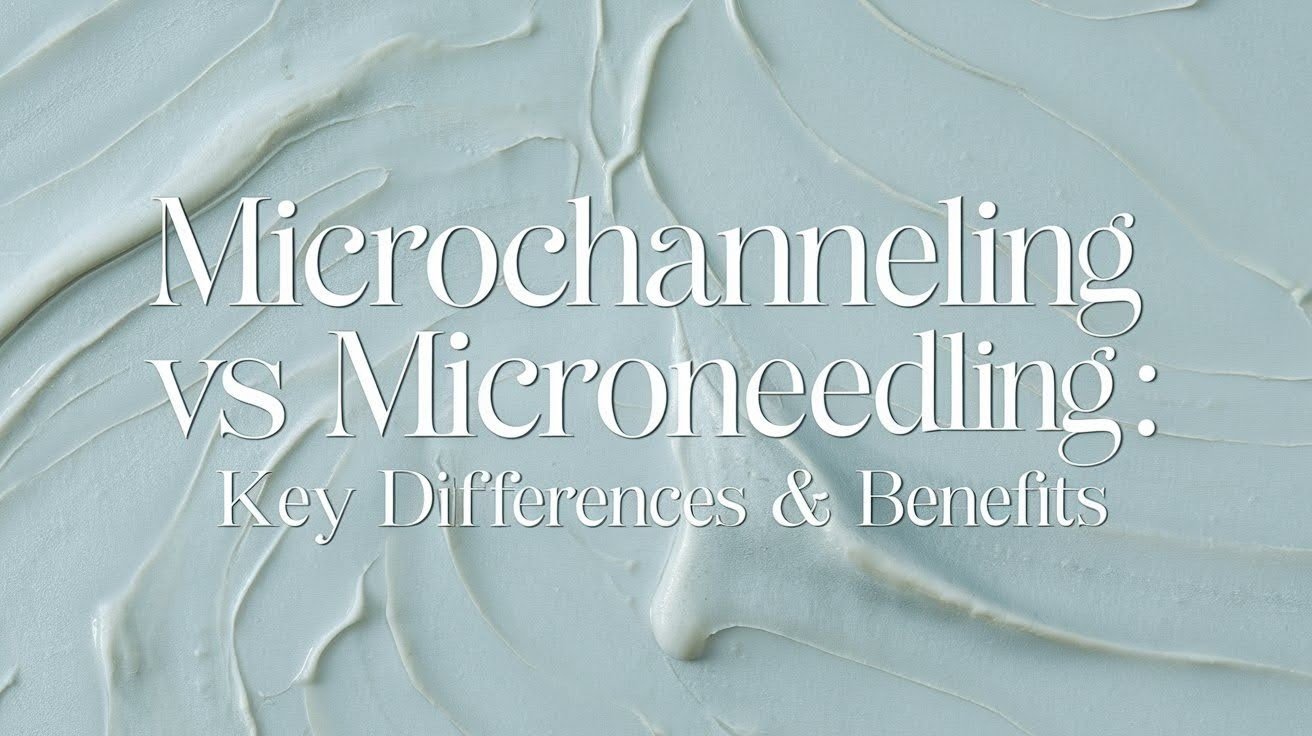What Oil to Use for Dermaplaning at Home?
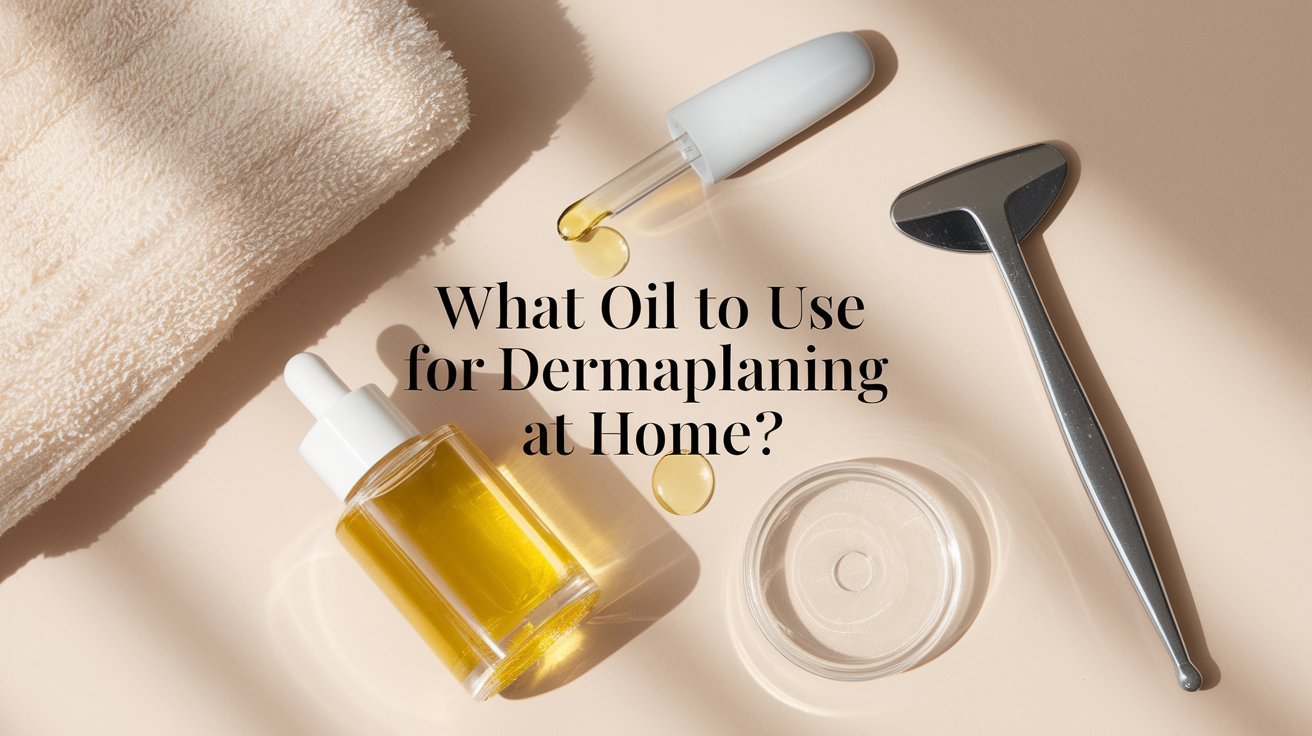
Wondering what oil to use to dermaplane at home? I’ve tried them all, and I even helped many clients find the perfect oil!
Selecting the proper oil helps make dermaplaning safe and effective. Here are the best oils for every skin type. They range from oily to sensitive. You’ll receive honest product recommendations from real results.
This is everything that works. Included are the procedure, safety tips, allowances, and prohibitions.
You will have a clear idea about which oil to buy and how to use it.
What is Dermaplaning and Oilplaning?
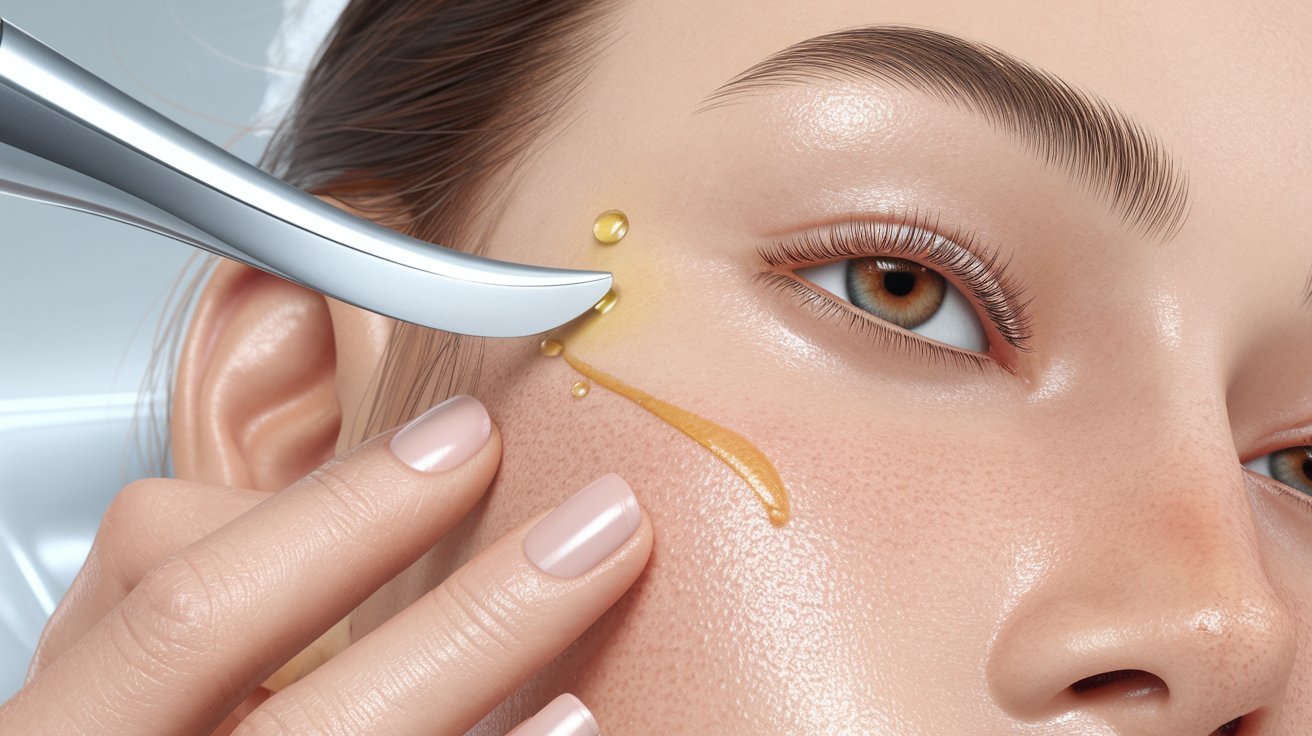
Dermaplaning
Dermaplaning is a physical exfoliation technique that uses a surgical-grade blade. The blade gently scrapes away dead skin cells and fine facial hair from the surface of your skin.
The benefits go beyond just smooth skin. Your makeup applies more evenly without peach fuzz getting in the way.
Skincare products absorb better when there’s no layer of dead cells blocking them. Many people notice an immediate glow after treatment.
Oilplaning
Oilplaning takes standard dermaplaning one step further. You apply facial oil to your skin before using the blade. This creates a protective, slippery surface.
The oil serves multiple purposes during the process. It provides lubrication so the blade glides smoothly without tugging.
It adds hydration to prevent dryness from the exfoliation. The oil also creates a barrier that protects your skin from potential irritation.
Why You Need Oil for Dermaplaning at Home
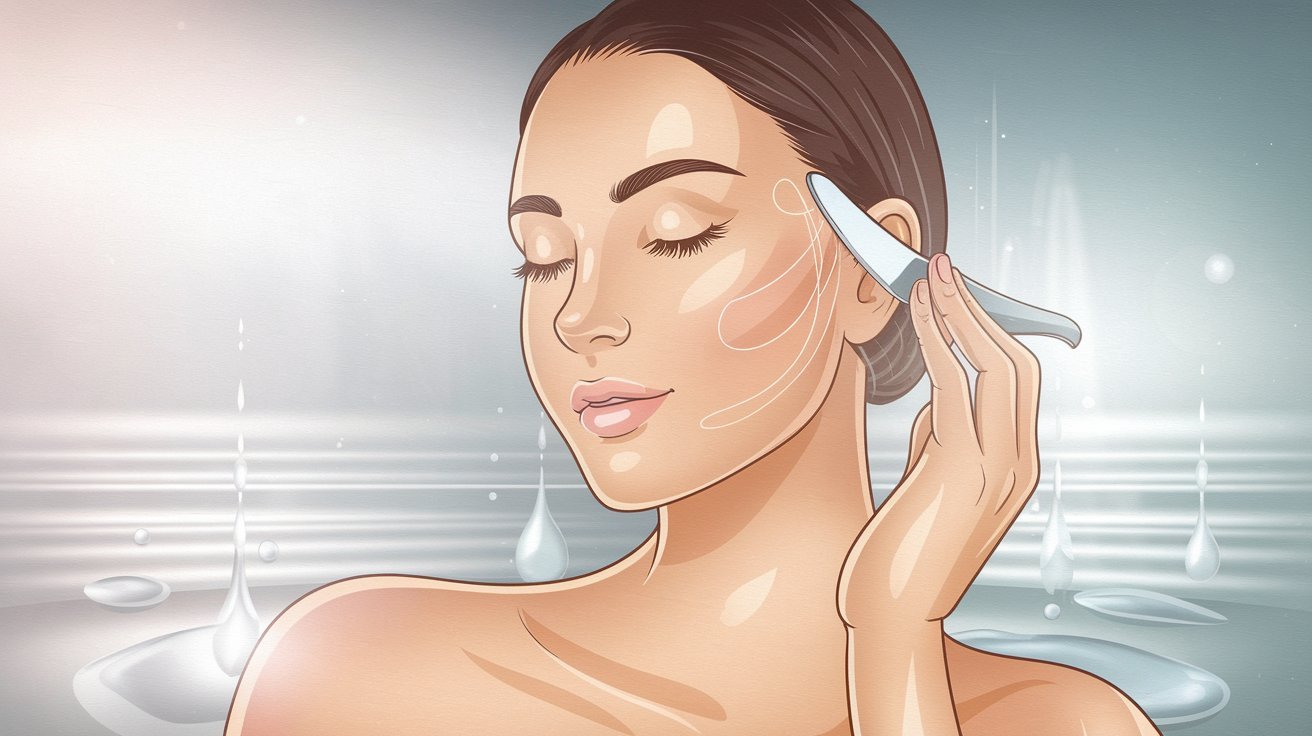
Using oil during at-home dermaplaning makes the process safer and more comfortable. The oil reduces friction between the blade and your skin, which minimizes irritation and prevents nicks.
This extra layer of protection is especially important when you’re performing the treatment yourself.
Oil helps lift dead skin cells more effectively during the scraping motion. At the same time, it moisturizes and nourishes your skin throughout the process.
You’re not just removing buildup, you’re also feeding your skin beneficial nutrients.
After dermaplaning, your skin can feel sensitive or look slightly red. Oils with antioxidants help reduce this redness and calm any inflammation.
They create a soothing barrier that supports your skin’s natural healing process.
How to Choose the Right Oil for Your Skin Type
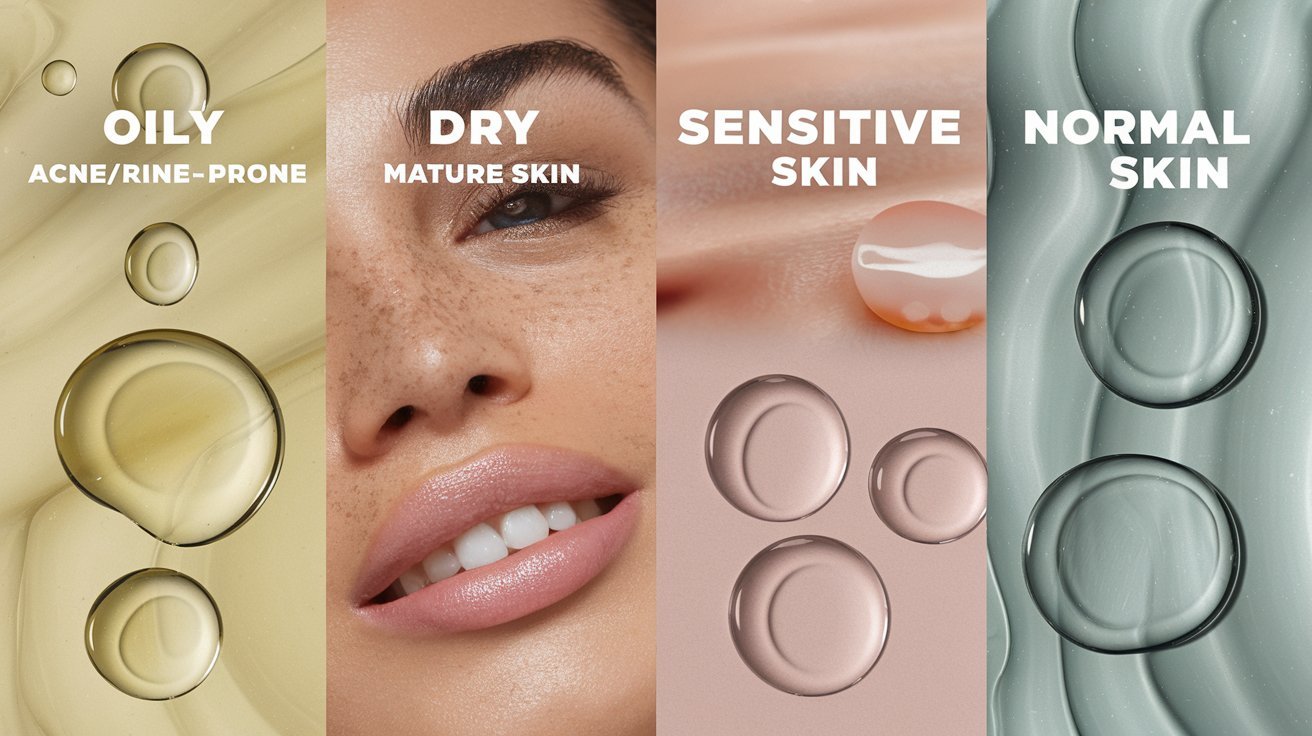
Different skin types need different oil formulations to get the best dermaplaning results without causing breakouts or irritation.
Oily & Acne-Prone Skin
Best oils: Jojoba Oil, Grapeseed Oil, Squalane Oil
These lightweight oils won’t clog your pores or trigger breakouts. Jojoba oil actually mimics your skin’s natural sebum, which helps balance oil production. Grapeseed oil has astringent properties that tighten pores. Squalane absorbs quickly without leaving a greasy residue.
Dry & Mature Skin
Best oils: Avocado Oil, Argan Oil, Rosehip Oil
These richer oils provide deep hydration that dry skin craves. Avocado oil contains vitamins A, D, and E for intense moisture. Argan oil softens rough patches and fine lines. Rosehip oil has anti-aging properties that support collagen production.
Sensitive Skin
Best oils: Chamomile-infused oils, Jojoba Oil, Lavender Oil
Gentle, soothing oils work best for reactive skin. Chamomile naturally reduces inflammation and redness. Lavender oil calms irritation without causing sensitivity. Jojoba is mild enough for most sensitive skin types.
Normal Skin
Best oils: Jojoba Oil, Squalane Oil, Argan Oil, Rosehip Oil
You have flexibility with normal skin. All of these oils provide good nourishment and antioxidant protection. They create a smooth glide during dermaplaning without causing problems. Choose based on your texture preference and budget.
Recommended Oils for Dermaplaning & Product Reviews
These oils have proven results for dermaplaning based on ingredients, user feedback, and performance across different skin types.
Jojoba Oil
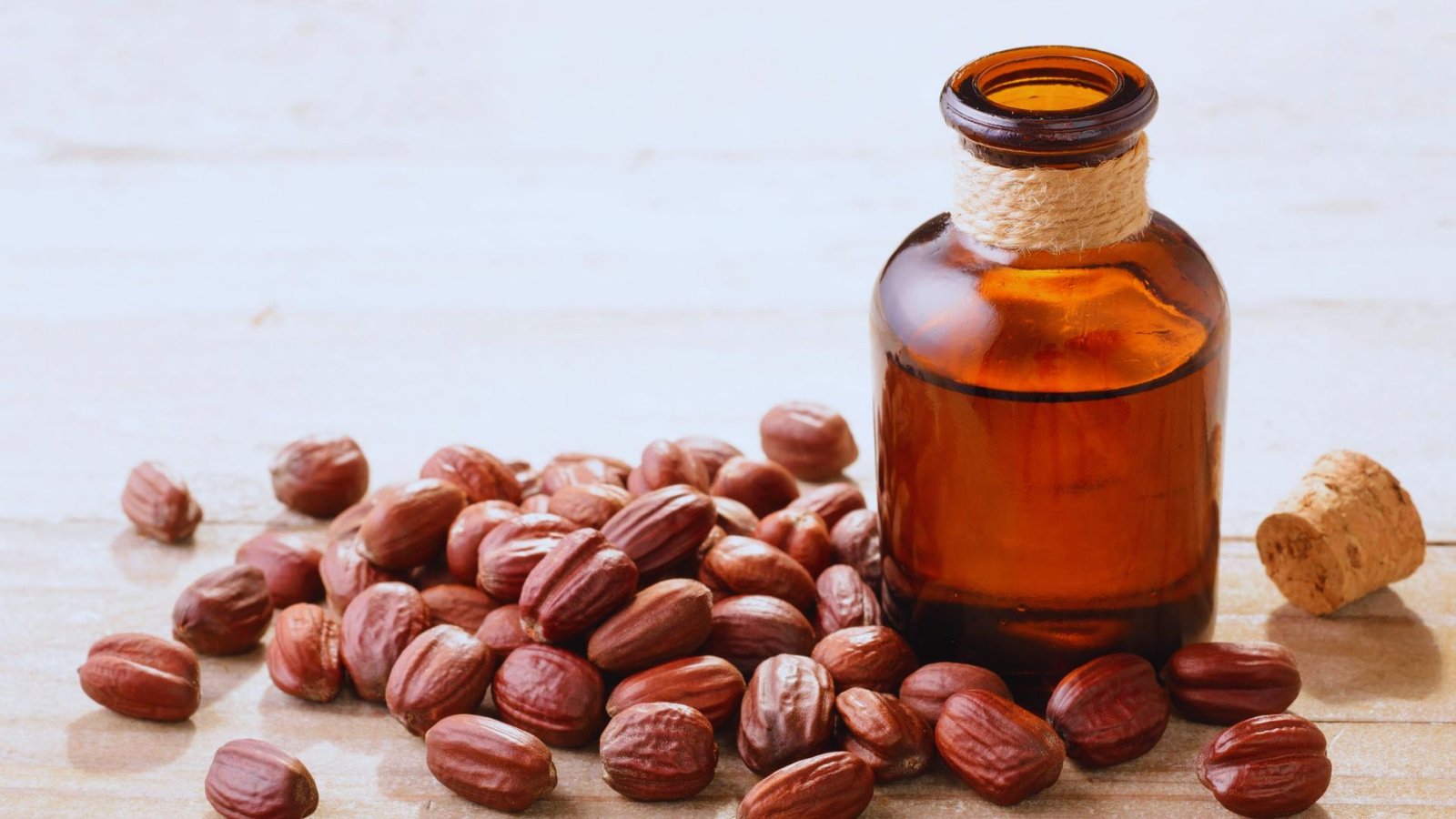
Key benefits: Lightweight texture, mimics natural sebum, won’t clog pores
Jojoba oil works for almost every skin type. It absorbs easily and creates a perfect glide for dermaplaning. The Desert Essence Organic Jojoba Oil is cold-pressed and pure.
Users report a smooth application with no greasy feeling. The NOW Solutions Jojoba Oil offers excellent value for a large bottle. Many customers use it for both dermaplaning and daily skincare.
Squalane Oil
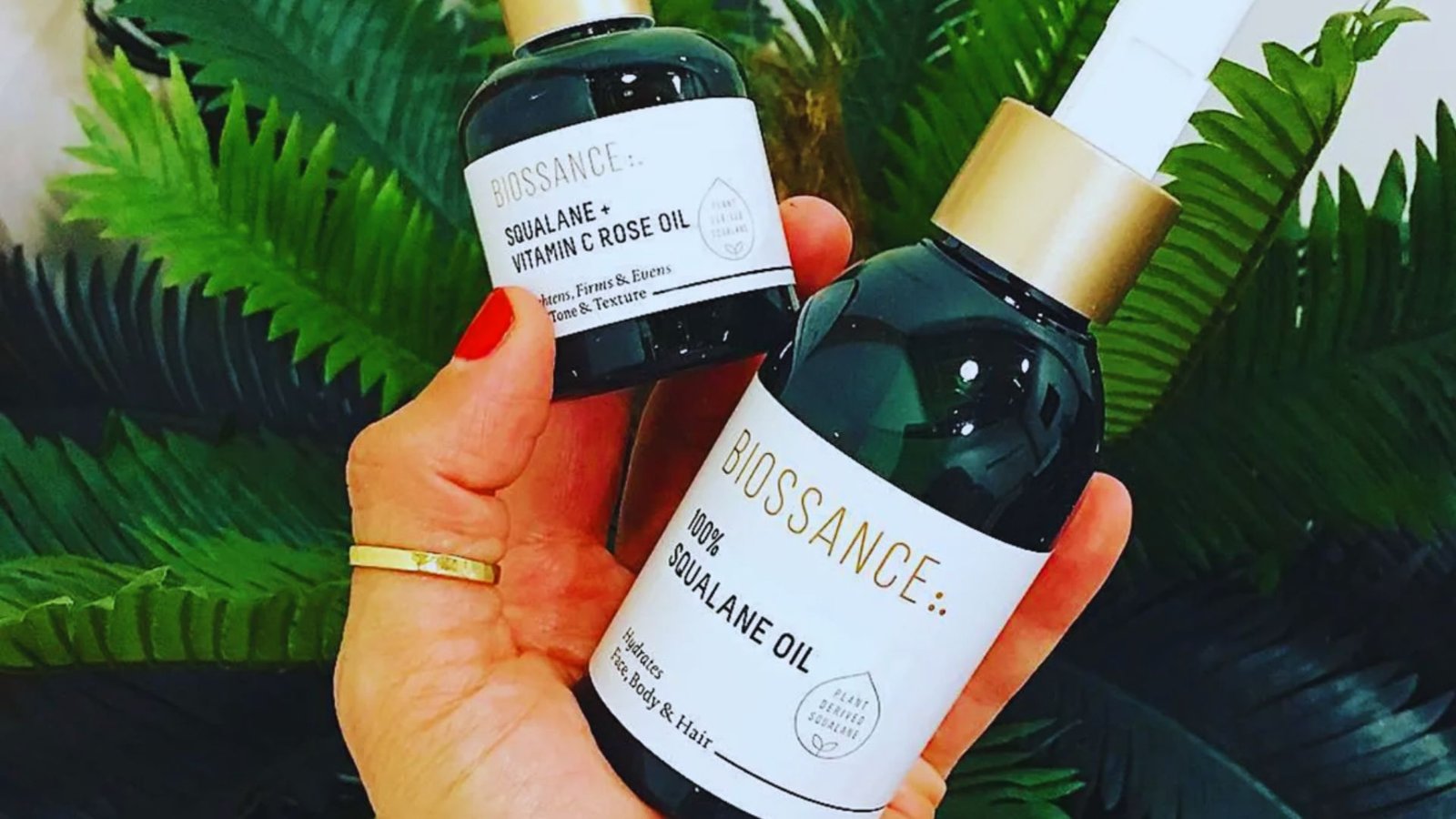
Benefits: Intense hydration, improves elasticity, strengthens skin barrier
Squalane provides moisture without weight. The Ordinary 100% Plant-Derived Squalane is affordable and effective.
Reviewers love how quickly it sinks in while still providing enough slip for dermaplaning. Biossance Squalane + Vitamin C Rose Oil combines hydration with brightening benefits. Users notice softer skin immediately after use.
Rosehip Oil

Benefits: Rich in antioxidants, fades dark spots, reduces signs of aging
Rosehip oil targets multiple concerns at once. Trilogy Certified Organic Rosehip Oil is a top seller with thousands of positive reviews.
Users report improvements in skin tone and texture. Pai Skincare Rosehip BioRegenerate Oil works well for sensitive skin types. The cold-pressed formula maintains all beneficial properties.
Grapeseed Oil

Benefits: Lightweight consistency, astringent properties, good for oily or acne-prone skin
Grapeseed oil won’t make oily skin worse. Sky Organics Grapeseed Oil is pure and affordable. Users with acne-prone skin report no breakouts after dermaplaning with this oil.
NOW Solutions Grapeseed Oil absorbs fast and leaves skin feeling clean, not greasy.
Avocado & Argan Oil

Benefits: Deep nourishment, intense hydration, supports mature skin
These richer oils work wonders on dry or aging skin. Josie Maran 100% Pure Argan Oil is a cult favorite for good reason.
Users love the luxurious feel and visible plumping effect. Leven Rose Avocado Oil is cold-pressed and organic. Mature skin types report improved softness and reduced fine lines.
How to Use Oil Safely for At-Home Dermaplaning
Start by cleansing your face thoroughly with a gentle cleanser. Remove all makeup, dirt, and oil. Avoid using active ingredients like retinol, acids, or vitamin C on dermaplaning day, as these make your skin more sensitive.
Apply 3 to 5 drops of your chosen oil to clean, dry skin. Spread the oil evenly across the areas you plan to dermaplane.
If you have sensitive skin, do a patch test on your jawline 24 hours before your first treatment.
Use a clean, sterile dermaplaning tool designed for at-home use. Hold the blade at a 45-degree angle to your skin.
Use light pressure and short, downward strokes. Don’t go over the same area more than twice. Work in sections from your forehead down to your chin. Never dermaplane over active breakouts or irritated skin.
Post-Care Tips
- Rinse and moisturize immediately: After dermaplaning, rinse your face with cool water to remove oil and debris. Apply a hydrating serum or moisturizer while your skin is still damp to lock in moisture.
- Use soothing ingredients: Choose products with hyaluronic acid, aloe, or ceramides to calm and hydrate your freshly exfoliated skin.
- Apply sunscreen daily: Your skin is more vulnerable to UV damage for several days after dermaplaning. Use SPF 30 or higher every morning, even if you’re staying indoors.
- Skip intense workouts for 48 hours: Avoid activities that cause heavy sweating. Stay away from saunas, steam rooms, and hot tubs during this time.
- Avoid active ingredients for 2 to 3 days: Don’t use retinol, acids, or other strong products immediately after dermaplaning. These can irritate your sensitive skin.
- Give your skin a makeup break: Skip makeup for 24 hours if possible to let your skin breathe and recover properly.
Conclusion
Finding the right oil for at-home dermaplaning can feel tricky, but if you have the right oil for your skin type, you’re on your way to safe, glowing skin.
I found that taking that time to properly prep, following the post-care steps, and using the oil properly makes all the difference, as it keeps your skin protected and gives you professional-looking results.
Begin with one of these or adjust based on your skin’s reaction to this oil. Pick your oil. Give it a go for us, and let us know how you did in the comments.
Frequently Asked Questions
Can I use coconut oil for dermaplaning at home?
Coconut oil can work but it’s comedogenic, meaning it may clog pores. If you have oily or acne-prone skin, choose lighter options like jojoba or squalane instead.
How much oil should I use for dermaplaning?
Use 3 to 5 drops for your entire face. You want enough for smooth glide but not so much that the blade slips around uncontrollably.
Can I dermaplane without oil?
You can, but oil makes the process safer and more comfortable. It reduces friction, prevents nicks, and adds hydration that dry dermaplaning misses.
What’s the difference between dermaplaning oil and regular facial oil?
Dermaplaning oils are formulated for optimal blade glide and skin protection. Regular facial oils work fine if they match your skin type and aren’t too thick.
How often should I dermaplane at home with oil?
Dermaplane every 3 to 4 weeks to match your skin’s natural renewal cycle. More frequent treatments can irritate and damage your skin barrier.








